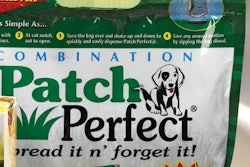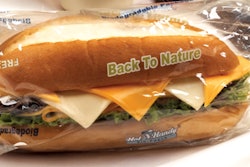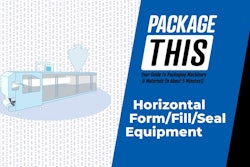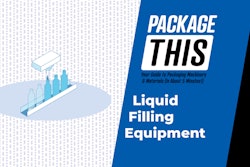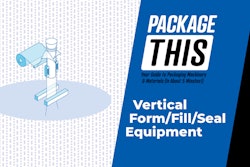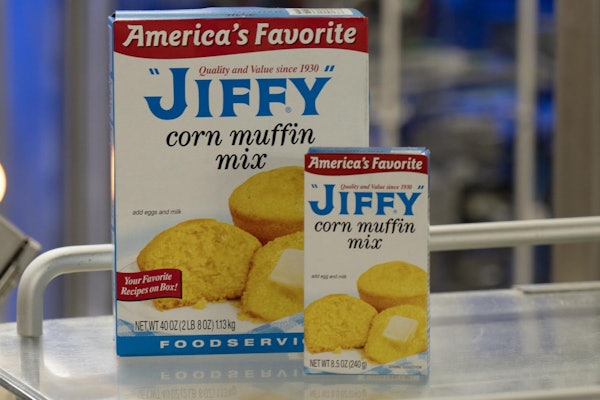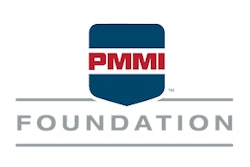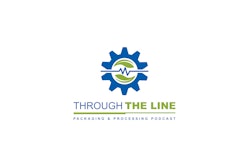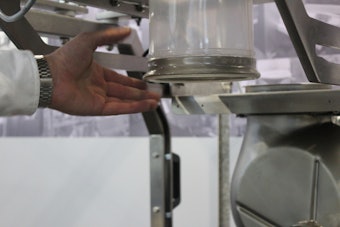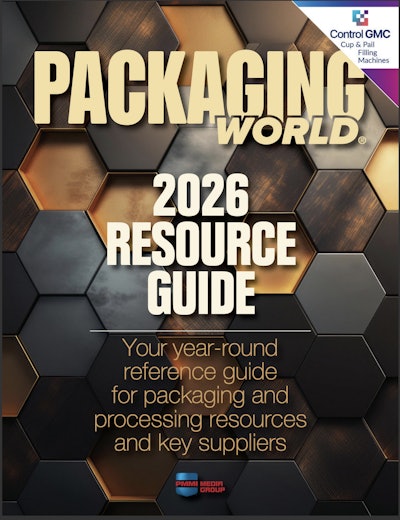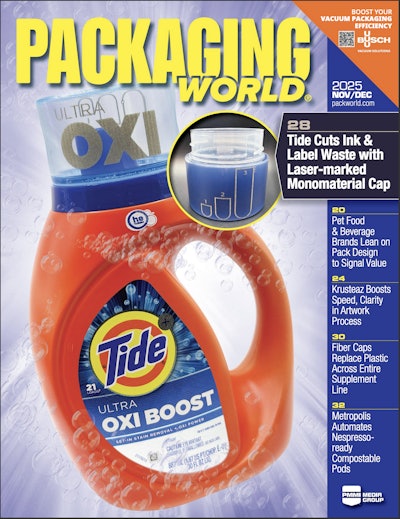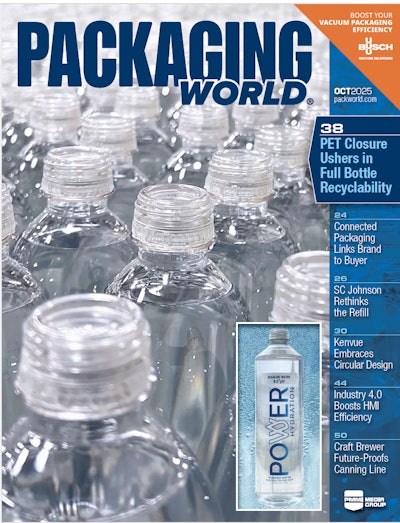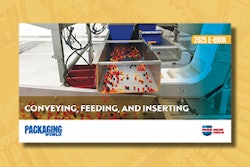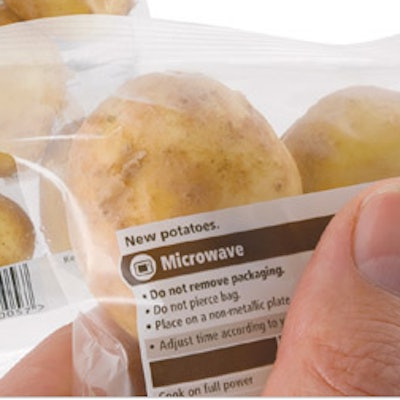
Technological innovations such as self venting films for steam cooking of frozen foods, and convenience features such as zippers and spouts, will drive growth.
Robust growth is predicted for newer formats like flat-bottomed, side-gusseted pouches and stick packs, while more mature categories such as bags will experience slower rates of growth.
Food, especially meats, produce and beverages, will drive growth for higher barrier films to extend shelf life. Single person and empty nest households will drive demand for more single serve or smaller packages.
Pharmaceutical and medical applications will be the fastest non-food growth market, with a focus on heightened barrier performance, cost and convenience, and growing unit-of-use requirements.
Polyethylene will remain the dominant film due to its cost effectiveness, versatility, good barrier properties and suitability for down gauging. But the report states that “polypropylene is expected to log faster gains based on its combination of cost, light weighting and performance attributes. Among smaller-volume films, biodegradable films such as polylactic acid will experience the fastest gains as a result of lower prices, growing interest in green packaging and improved formulations. Above-average growth is anticipated for polyester and ethylene vinyl alcohol (EVOH), reflecting growing barrier requirements in food packaging.”
Follow me on twitter for your daily dose of global packaging trends.
Robust growth is predicted for newer formats like flat-bottomed, side-gusseted pouches and stick packs, while more mature categories such as bags will experience slower rates of growth.
Food, especially meats, produce and beverages, will drive growth for higher barrier films to extend shelf life. Single person and empty nest households will drive demand for more single serve or smaller packages.
Pharmaceutical and medical applications will be the fastest non-food growth market, with a focus on heightened barrier performance, cost and convenience, and growing unit-of-use requirements.
Polyethylene will remain the dominant film due to its cost effectiveness, versatility, good barrier properties and suitability for down gauging. But the report states that “polypropylene is expected to log faster gains based on its combination of cost, light weighting and performance attributes. Among smaller-volume films, biodegradable films such as polylactic acid will experience the fastest gains as a result of lower prices, growing interest in green packaging and improved formulations. Above-average growth is anticipated for polyester and ethylene vinyl alcohol (EVOH), reflecting growing barrier requirements in food packaging.”
Follow me on twitter for your daily dose of global packaging trends.




